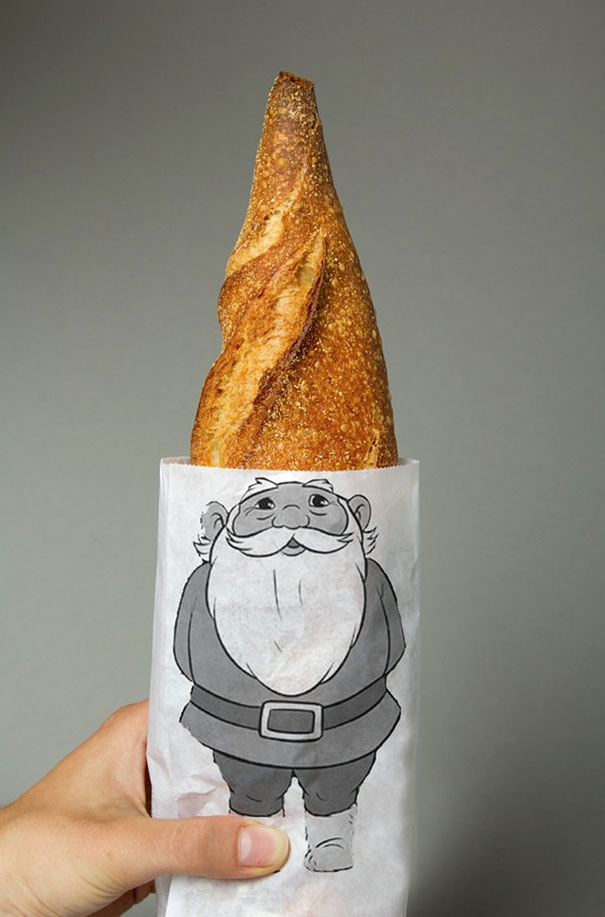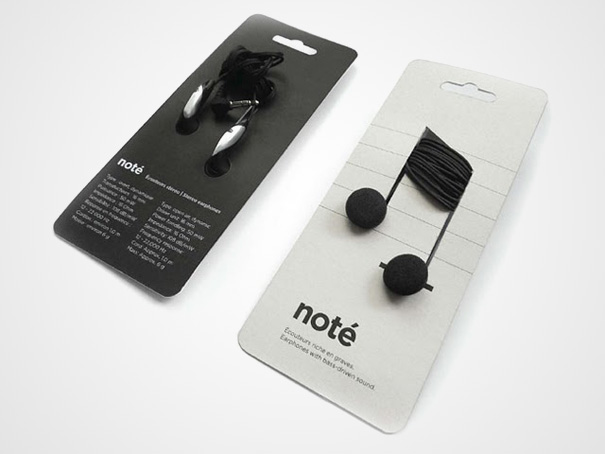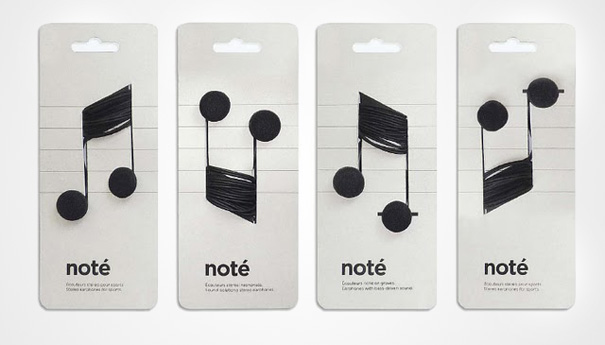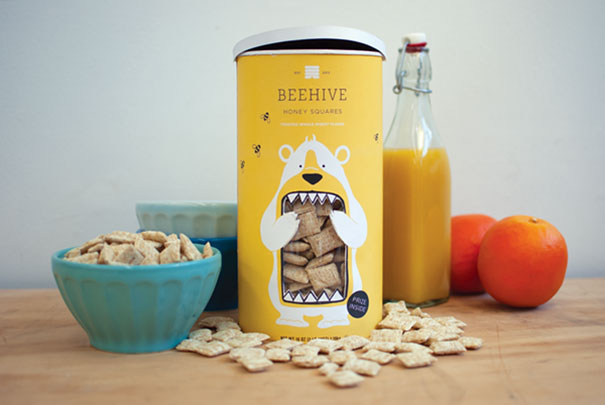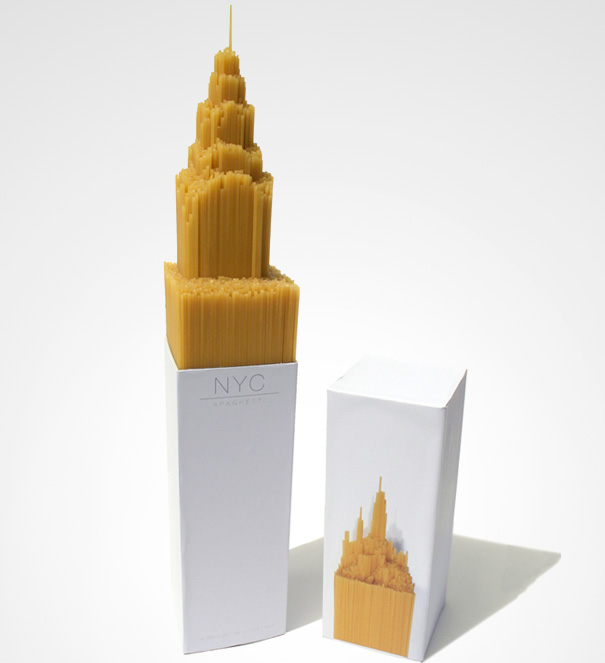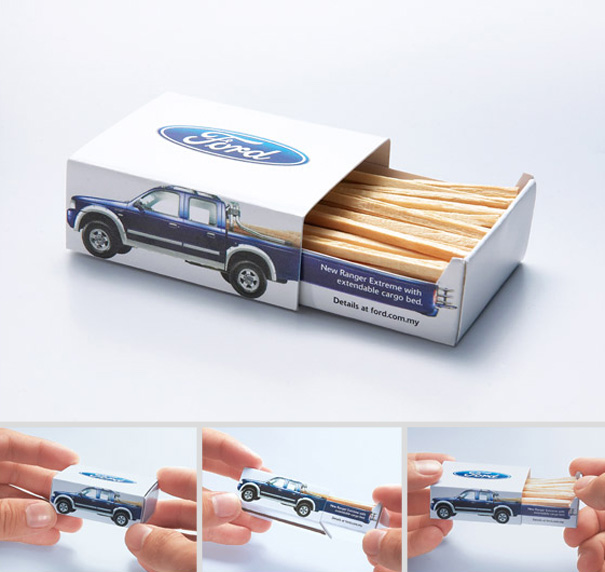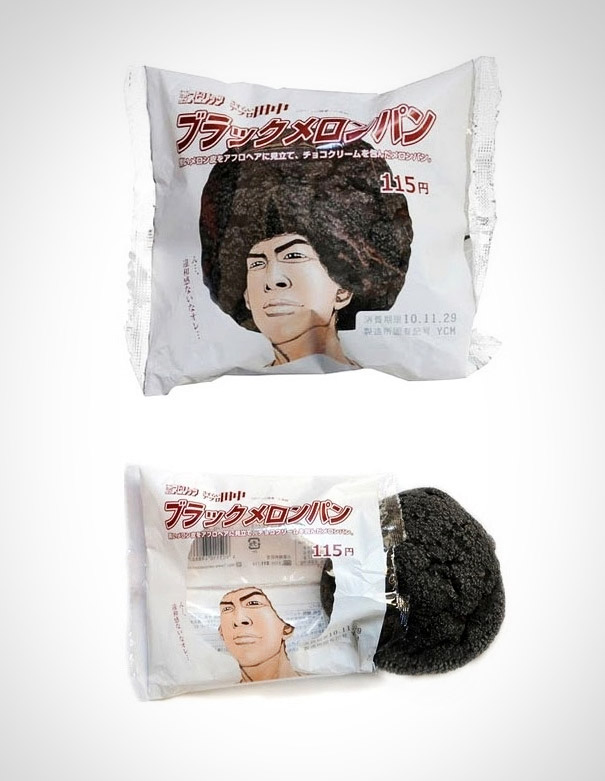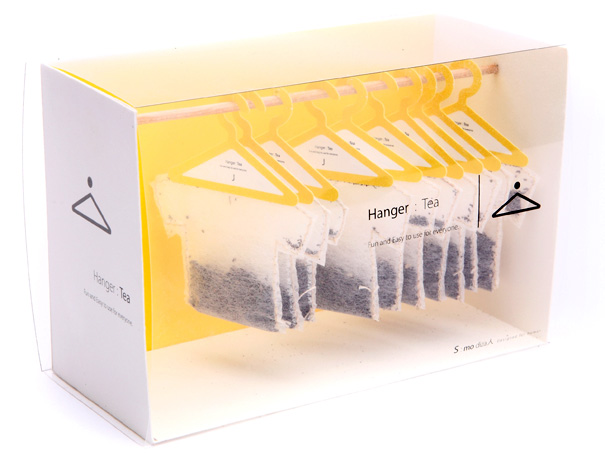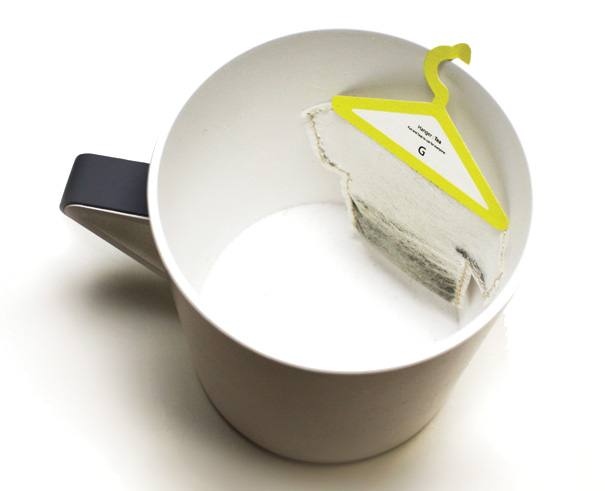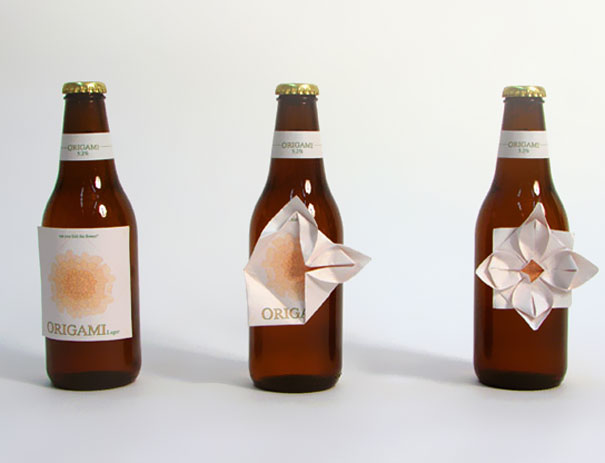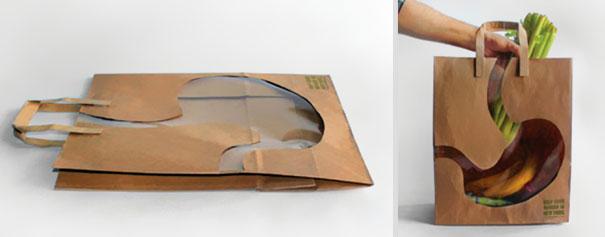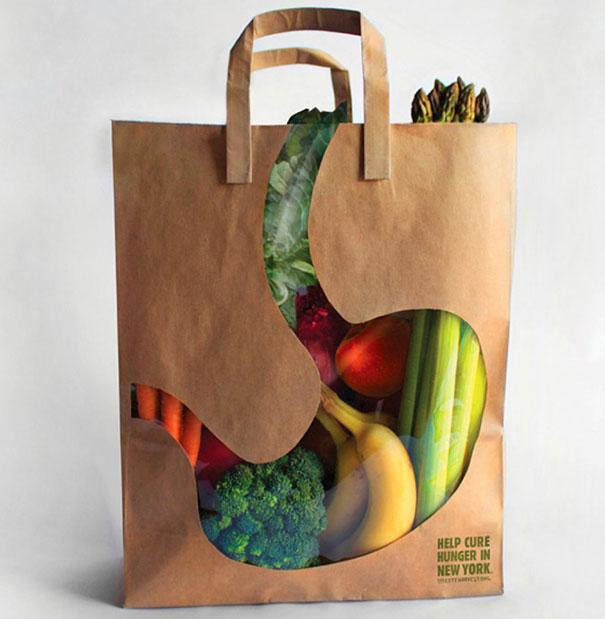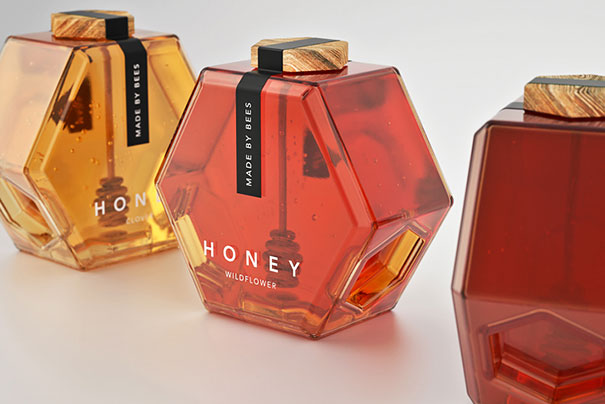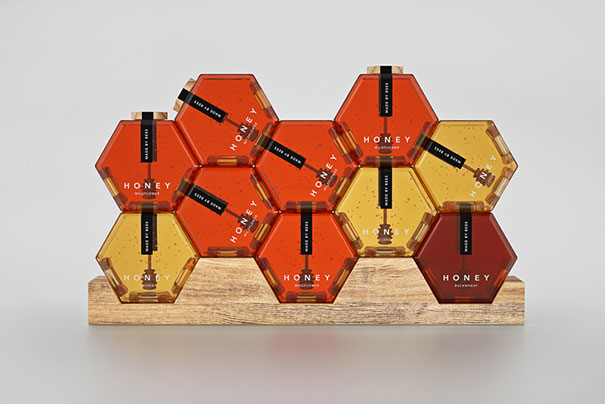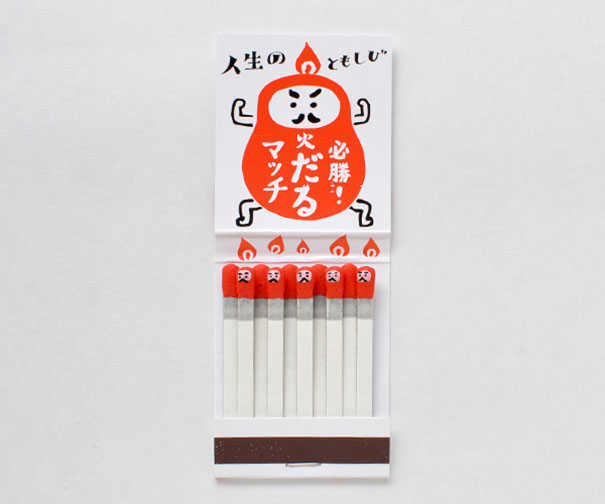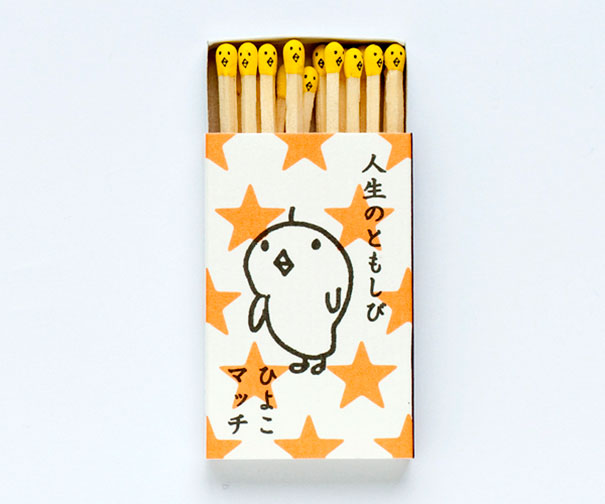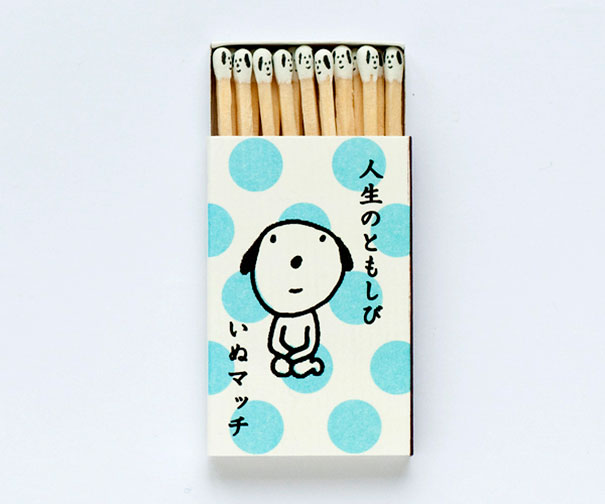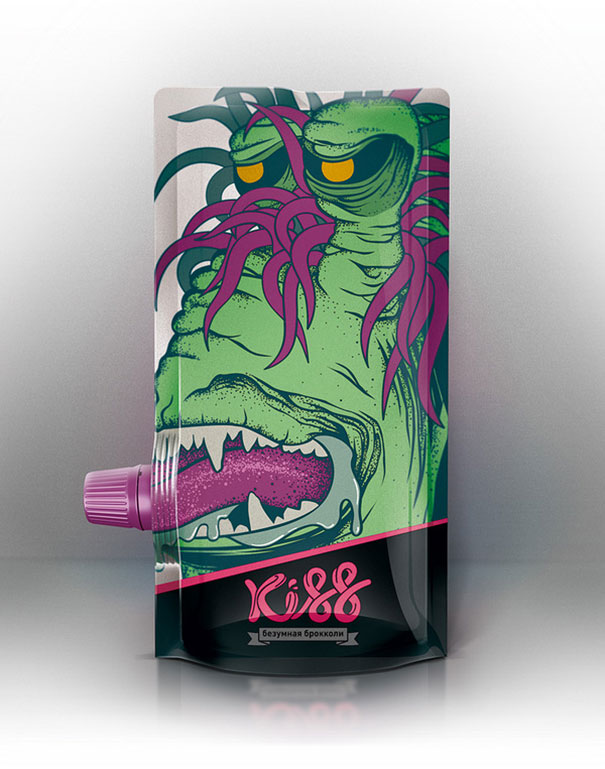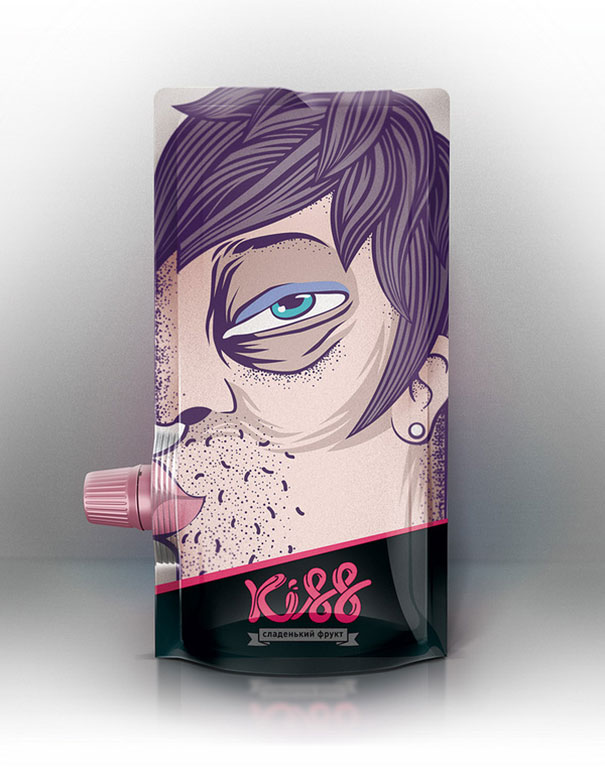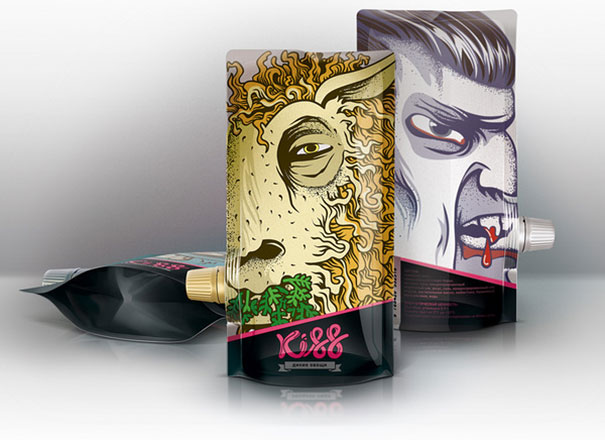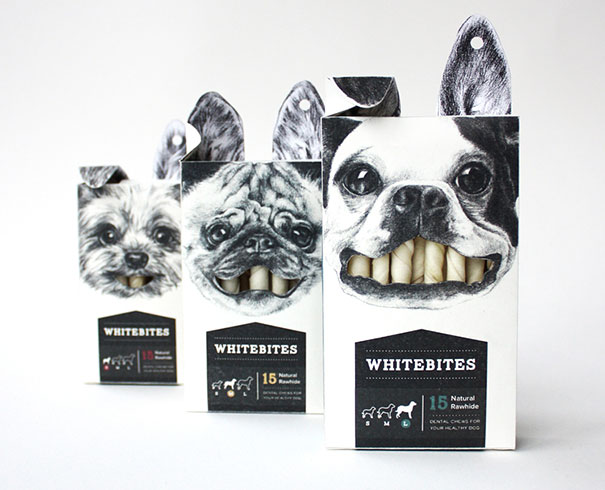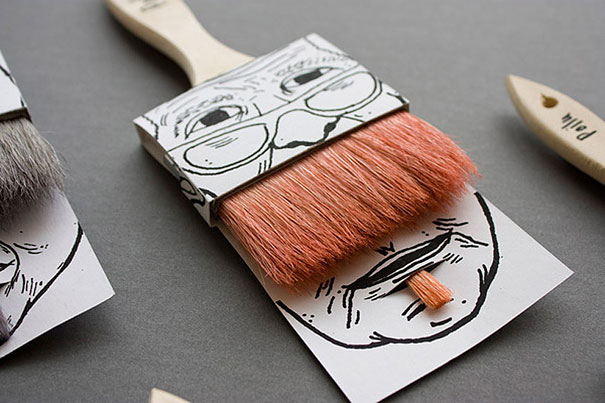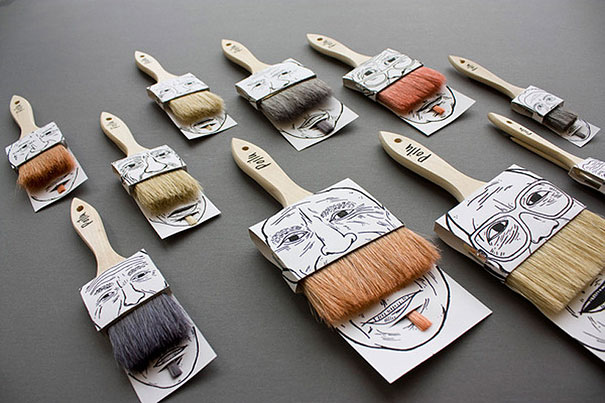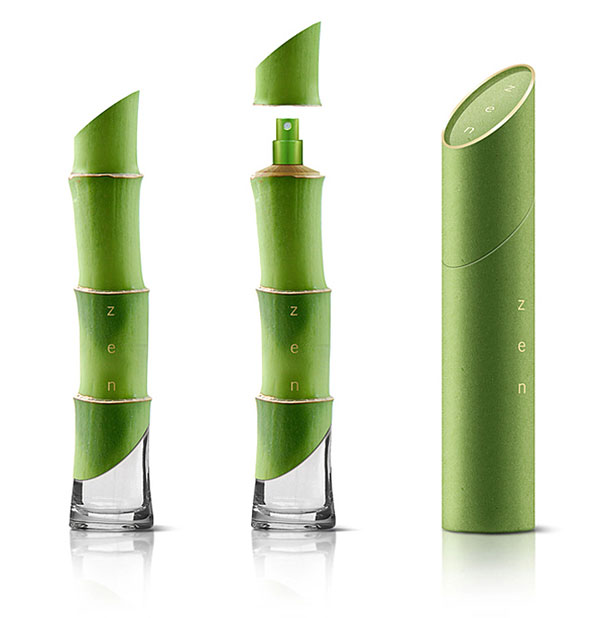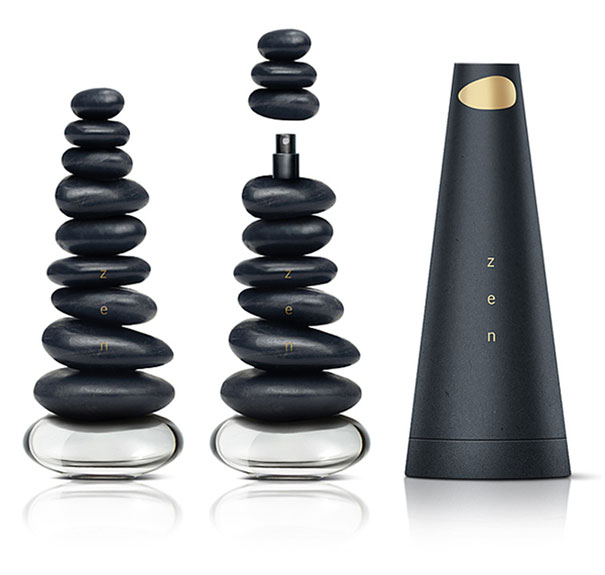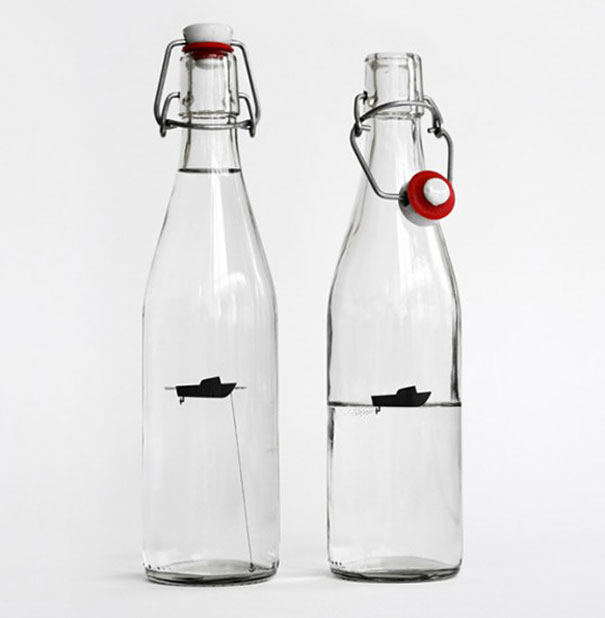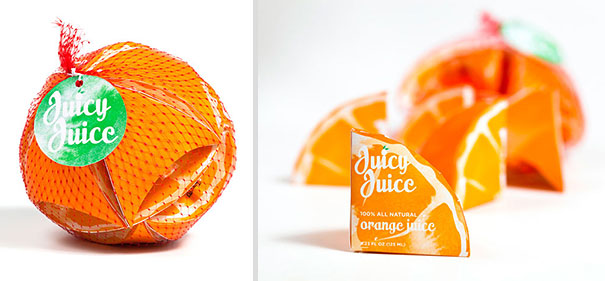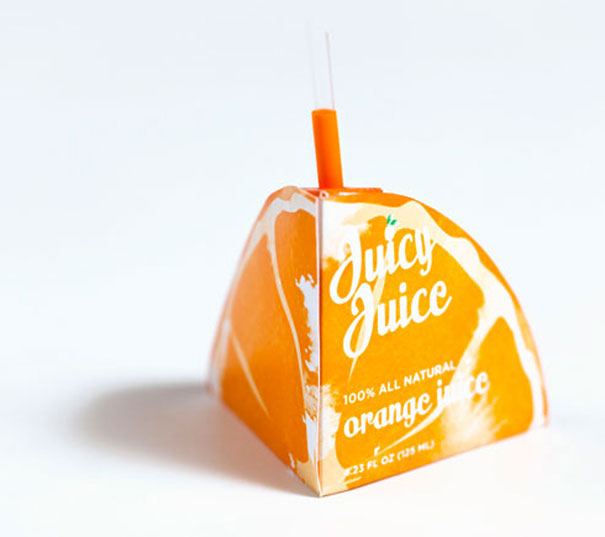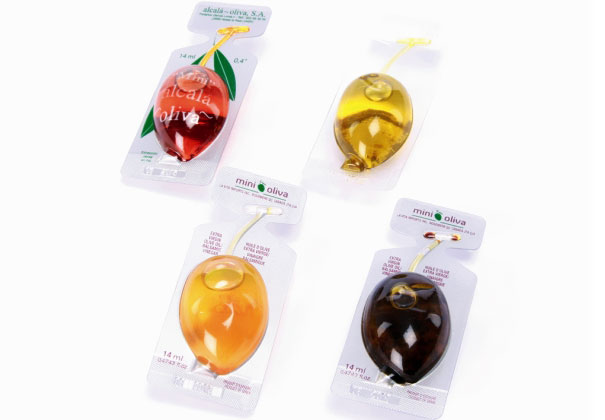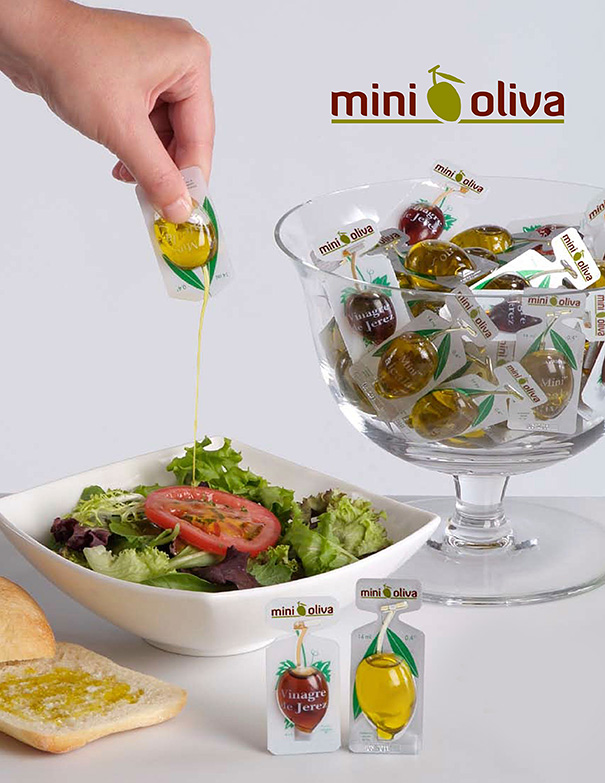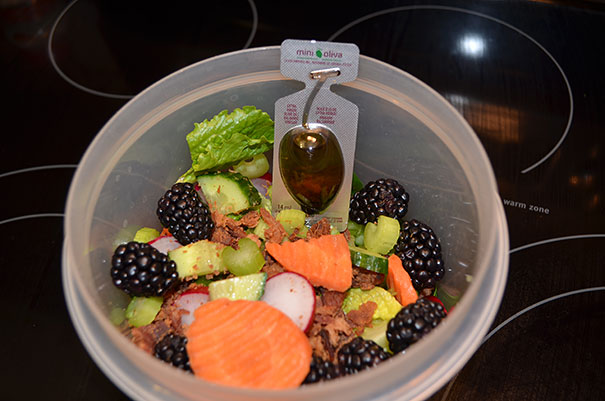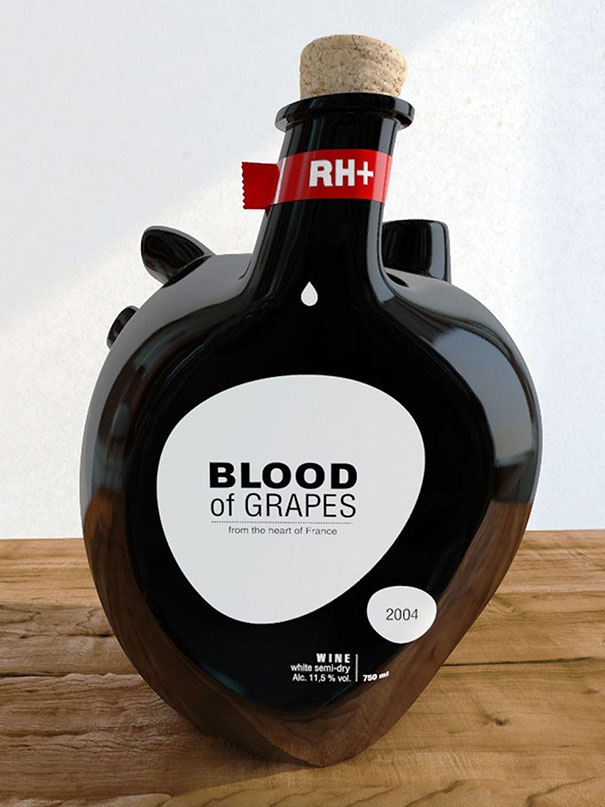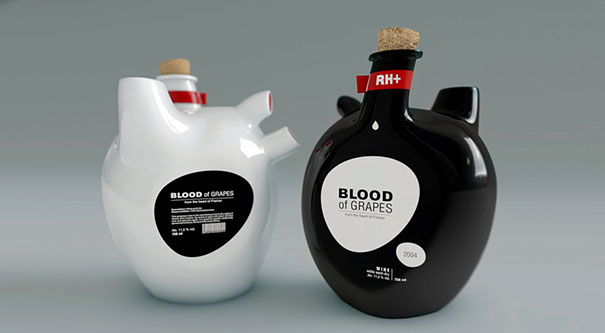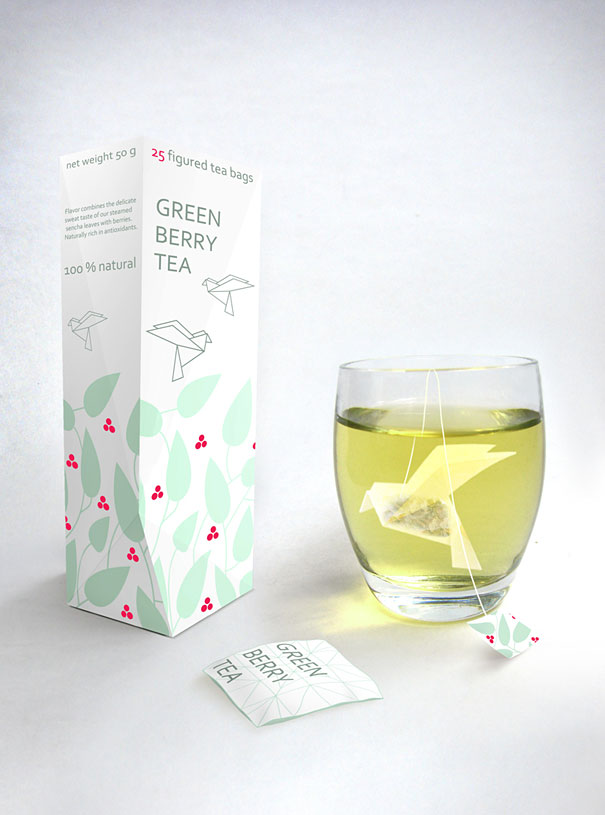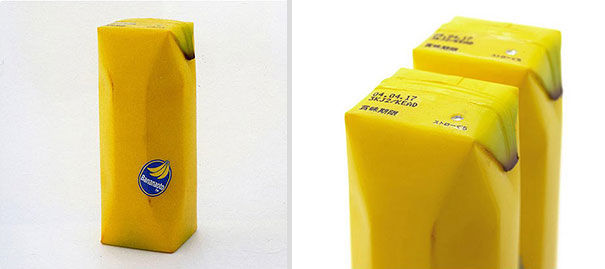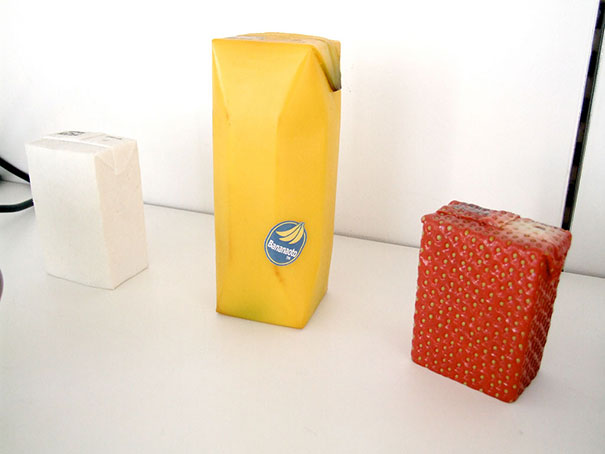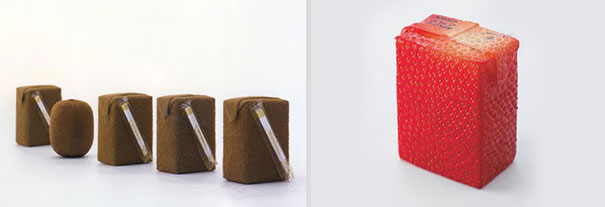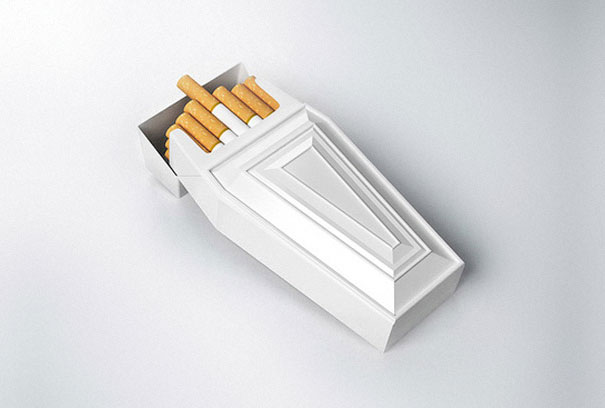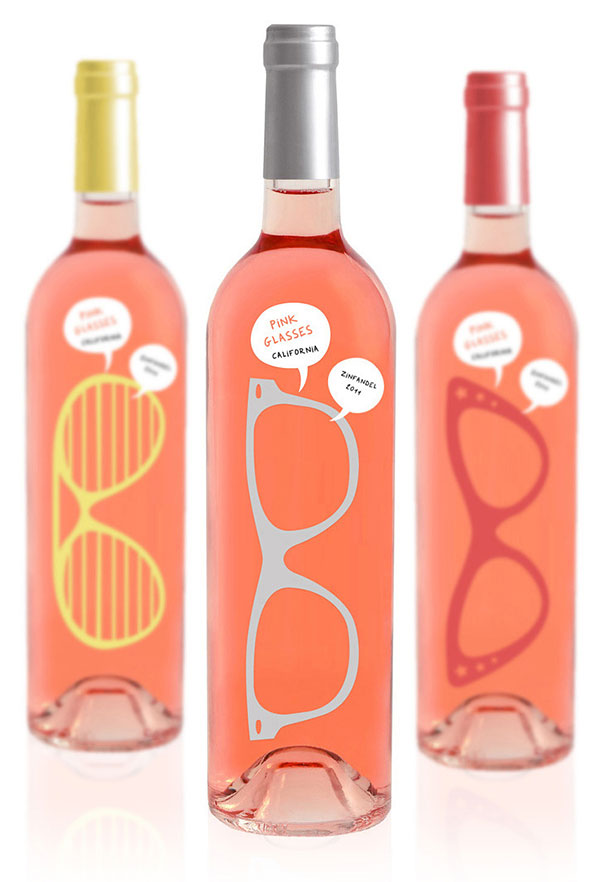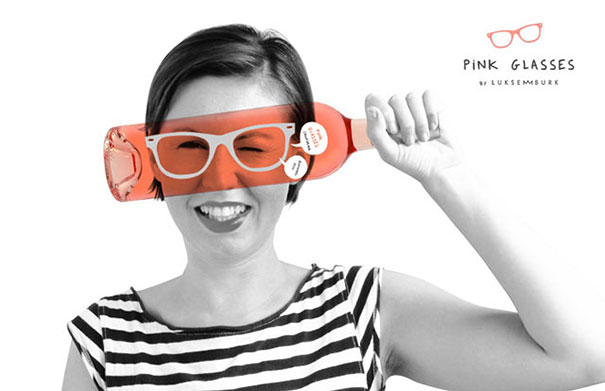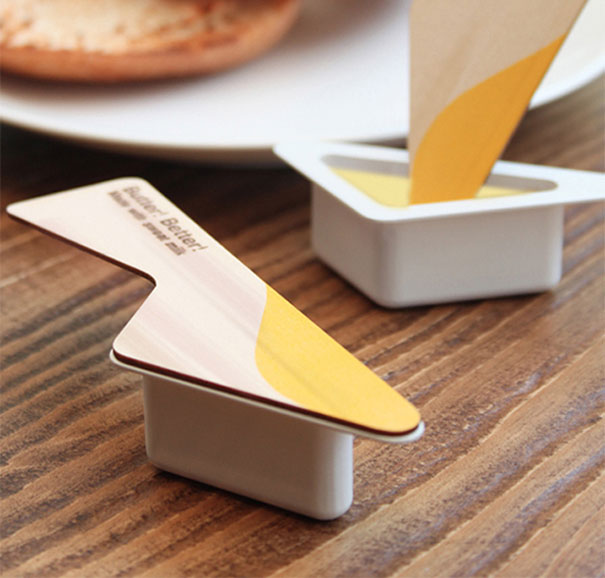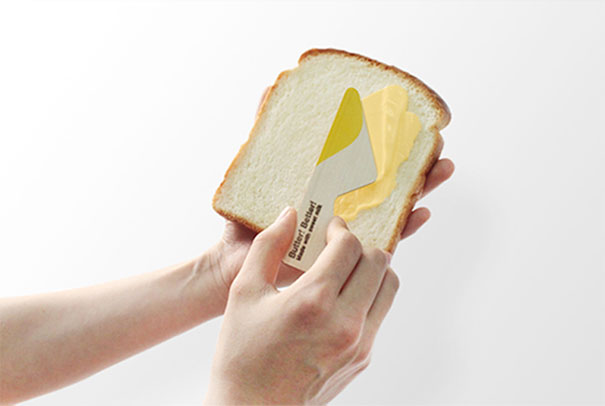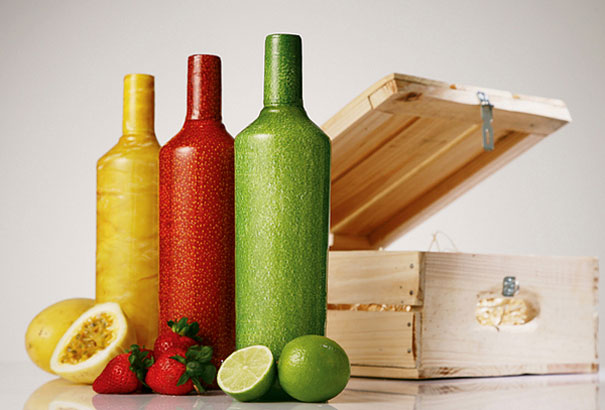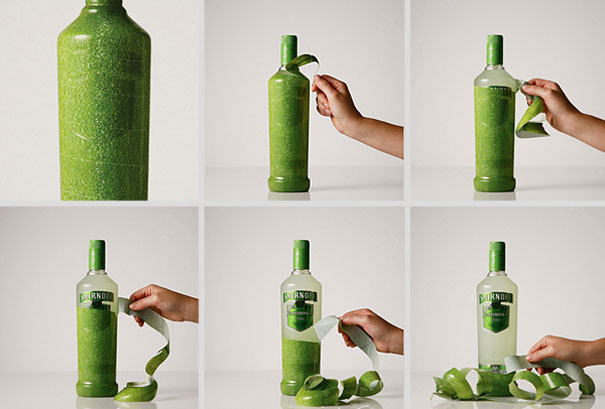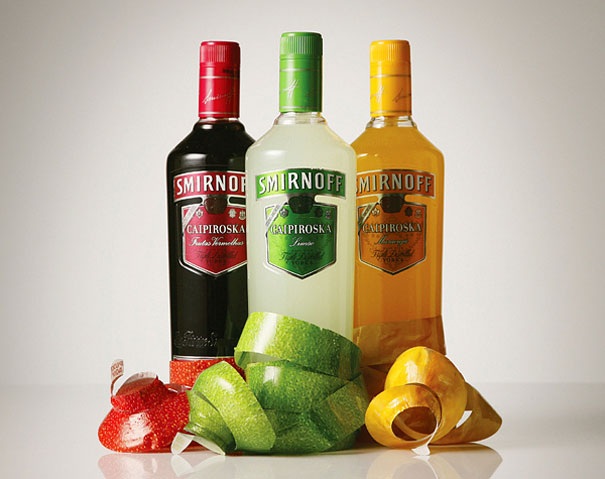The 3Doodler 3D-printing pen, as my TC colleague John Biggs recently pointed out, is a fun toy but a silly tool. It’s big and its output is frustratingly wonky. But then it was created by a pair of veteran toy makers so focusing on the fun was clearly the primary intention.
Now a U.K. startup is taking aim at building a more precise 3D-printing pen for the professional user — designers, architects and so on. Their Lix pen prototype passed its Kickstarter goal of £30,000 two hours after the crowdfunding campaign launched yesterday, and is fast approaching has passed £100,000 in pledged funds after one day in the wild, with 29 days left of the campaign to run.
“We have a small and lightweight product that is power supplied from any usual USB port. Lix Pen is very portable and comfortable to use. 3Doodler on the other hand, is heavy, big, difficult to use and is power supplied by standard power electrical outlet that is not practical,” says co-founder Anton Suvorov, when asked how the product differs from the 3Doodler.
“We have created a slick looking and professional creative tool,” he adds. “Lix 3D printing pen opens new possibilities to many other industries such as for stylists, architects, designers and anybody who are interested in 3D printing.”
The startup began work developing the Lix in July last year — inspired, no doubt, by the3Doodler pulling in $2.3 million on Kickstarter months earlier.
Instead of looking like a cartoon bullet, as the 3Doodler does, the Lix pen looks like a technical drawing instrument — with a slender (14mm thick at its widest point), aluminum form that its makers claim allow for the freestyle mid-air extrusions to be more precisely sketched. (Albeit, it looks like it has to be tethered to a USB port for power while you sketch.)
There are two buttons towards the tip of the Lix for controlling the speed of the plastic extrusions.

Frankly, it almost looks too good to be true — but its makers claim they have indeed managed to shrink the 3D-printing tech to fit this 40g pen-sized form factor by making the parts themselves, rather than using off the shelf components.
“3Doodler use existing parts of 3d printers which should result in a lower price but does not. We on the other hand use premium material for a higher quality,” Suvorov tells TechCrunch. “All technical parts of Lix were re-invented and made from scratch.”
Lix’s three co-founders include a shoe designer, Delphine Eloise Wood, who is still finishing her studies at the London College of Fashion; a marketing and graphic design graduate, Ismail Baran; along with economics and applied arts graduate, Suvorov.
At the time of writing the pen starts at £73 (~$120) so it’s around double the cost of the 3Doodler – so that slender form factor does not come cheap – although they were offering a few very early bird pledges of £43 (~$70) for the pen, now all snapped up. They say they’re aiming to ship pens to backers starting in October.
The post-Kickstarter retail price for Lix is likely to be £85/$140 — a higher price-tag reflecting the professional user the Lix is being aimed at, and the cost of those proprietary parts.
The pen takes ABS/PLA plastic filament refills. The cost for refills is likely to be around £7/$10 for 30 pieces of 10 inch filament of different colours, says Suvorov. “One cartridge will last you a couple minutes,” he adds – ergo 30 pieces might only give you about one hour’s solid mid-air sketching time.
What can the Lix be used for? Sketching models and fashion/design prototypes, or making custom jewelry and decorations, or just doodling around. As with the 3Doodler, this 3D printing pen requires your own imagination to power the stuff you churn out — and that’s likely its biggest barrier to entry.



















